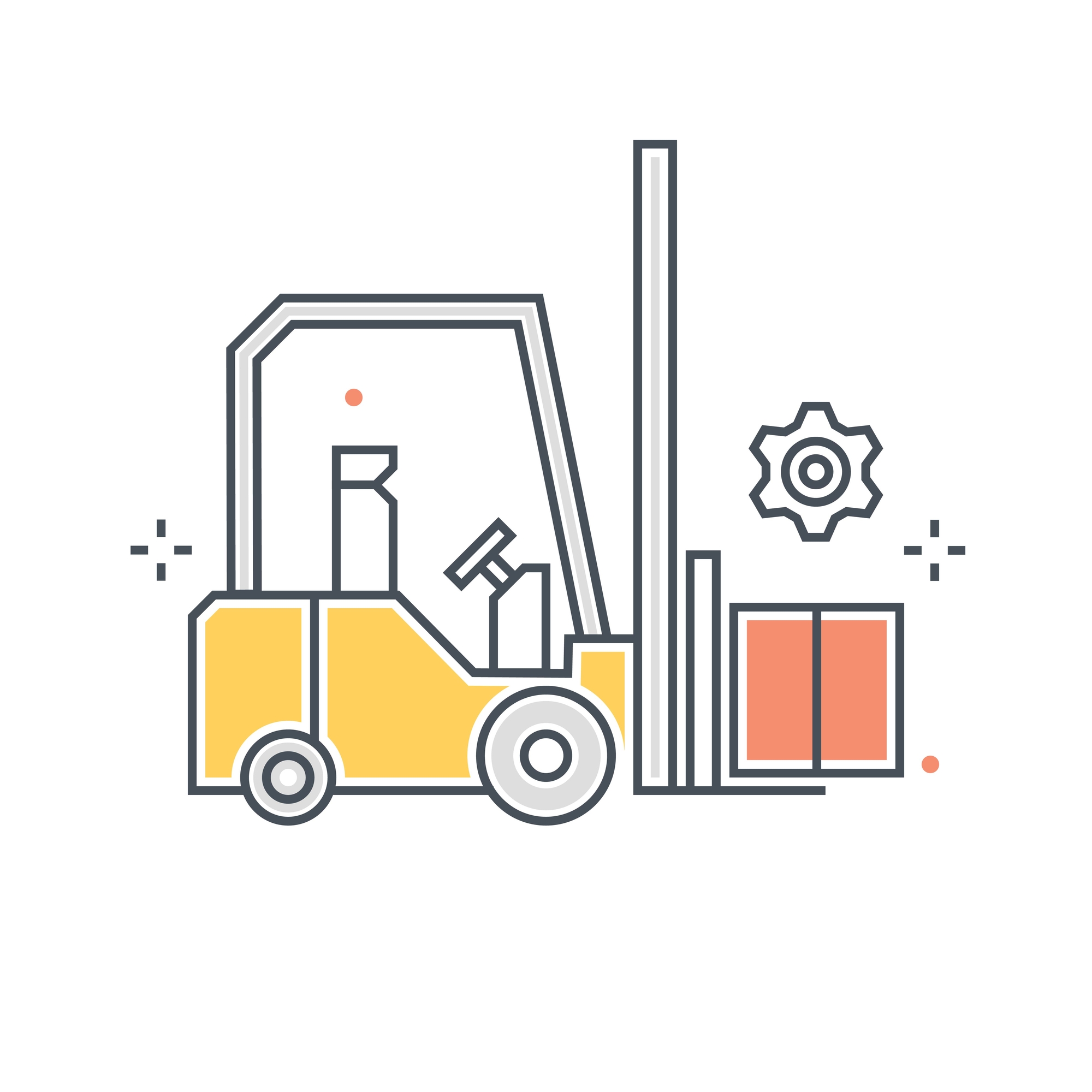Within this topic, we aim to shed some light on old, as well as new features that have recently become generally available for the D365 Supply Chain Management Warehouse Mobile App. The reason we want to touch both old and new ones is due to their direct dependence. Meaning, some of the new features can’t be utilized without old ones.
The first set of features was generally available with the beginning of the October 2021 release, which included “Reason codes for adjustments”; the support for GS1 barcode scanning; as well as the ability to customize the step titles and instructions.
With the latest release of the 10.0.23 wave that was just made generally available in January 2022, there are a couple of new features related to the warehouse mobile app that we are excited to present. These include the “promoted fields”, as well as “App detours”.
Reason Codes for Adjustments
Let’s start with the reason codes for adjustments, which are named “Post on-hand adjustments using configurable reason codes connected to offset accounts” in the system.
The feature lets users analyze the results of a counting process and any discrepancies that happen during the process. That being said, a user has an option to specify the reason for doing the count: stock adjustment based on inventory, for instance.
Furthermore, teams are able to use adjustment functionality to post the value of on-hand inventory adjustments to the appropriate offset account, based on the reason for each inventory adjustment.
GS1 Barcode Support
The next one is the support for the GS1 barcode scanning. This is something that was introduced just prior to the wave 2 2021 timeframe. The catalizator to create the add-in was a simple idea on the MS idea portal, which, sequentially, has recently given its seeds.
When we enable this, it enhances a user to scan a GS1 barcode with the mobile app to extract multiple pieces of data from a single scan. GS1 barcode format serves as a global standard for exchanging data between different companies. Also, teams are able to define application identifiers that tell the system the meaning of the different data elements that are in the barcode.
Oftentimes, warehouse workers have to accomplish a lot of tasks (including scanning and data entry) while utilizing a mobile scanner to register the activity of an item or palette – GS1 Barcode Support aims to provide a global standard for the exchange of data between companies. It shall improve warehouse workflow by simplifying the scanning process since items, pallets, or containers will be same GS1 format.
Custom Step Titles and Instructions
Custom Step Titles and Instructions, or “Warehouse app step instructions” allows a warehouse manager, supervisor, or admin (whoever is in charge of maintaining mobile app workflows) to create custom titles and instructions for users to reference.
This is aimed to ease the training process for new workers as well as temporary workforce in a warehouse that may be brought in for a seasonal spike in warehouse operations, for instance. With an app, they will be self-guided through the workflow.
Warehouse App Promoted Fields
Warehouse App Promoted Fields lets users choose which fields they want on a workflow to highlight, no matter who is the administrator of the warehouse app workflows. Essentially, users can select a subset of all available fields that might be displayed to the user. There is also an ability to highlight fields (make them bold with colored font) encouraging them to fill them in.
Prerequisite*: You have to enable the warehouse app step instructions feature to use the warehouse app promoted fields.
Warehouse Management App Detours
The last feature here would be the one that many people have been waiting for a very long time is warehouse management app detours.
Once you have it switched on, it allows users to pause a task they have been performing, go into the detour (which is a secondary task), and return to the one they have paused, without losing progress.
One of the common scenarios where users might have found it useful was when somebody started to pick an order and an issue related to picking location has occurred. Sequentially, users had to cancel orders, losing the progress (as well as work assigned to a user).
Moving forward, the feature helps you to not abandon a task anymore, but rather pause it, complete the detour, and come back. You are also able to pass information from the two workflows back and forth, increasing the efficiency of bypassing the location into a location inquiry, for instance.



